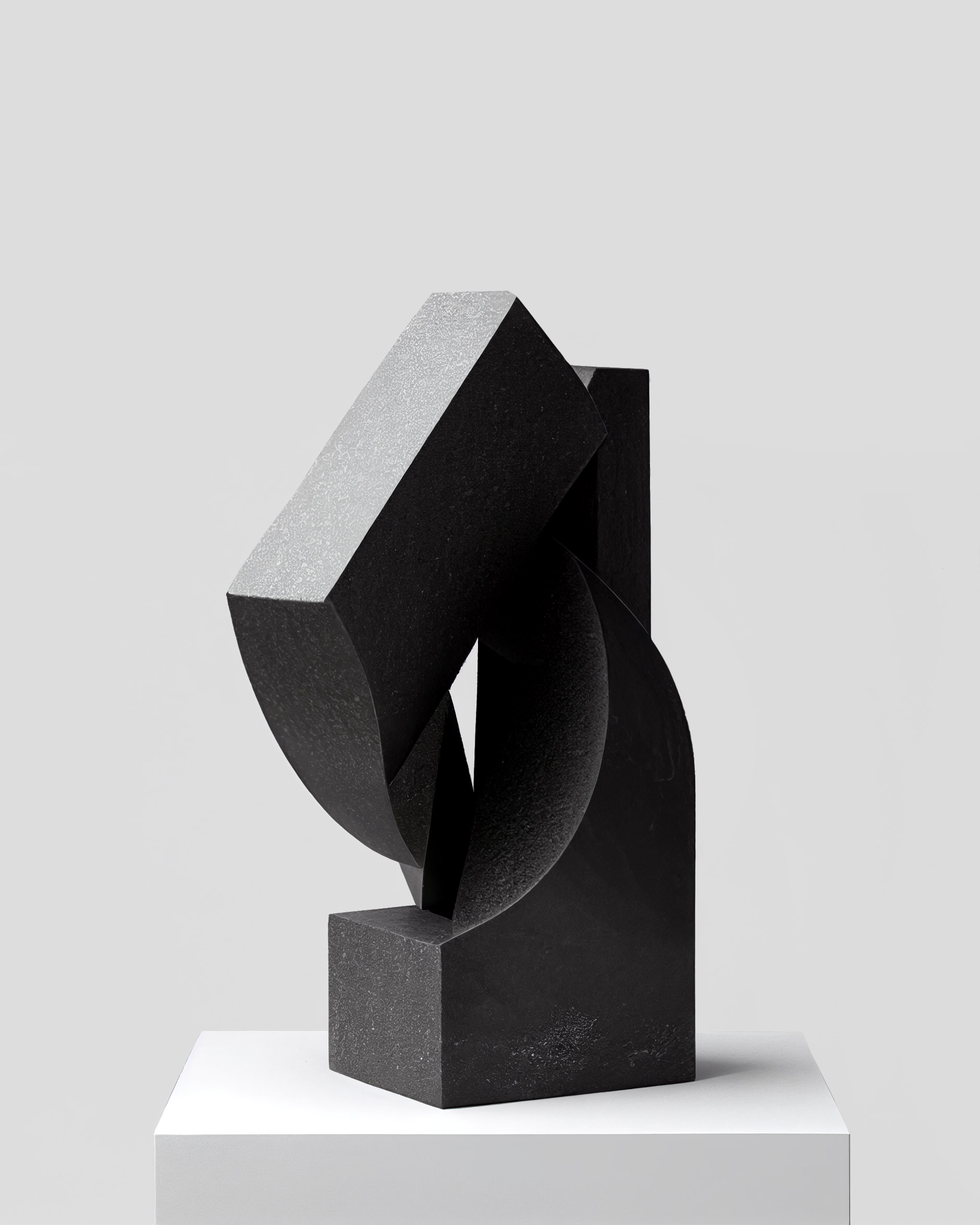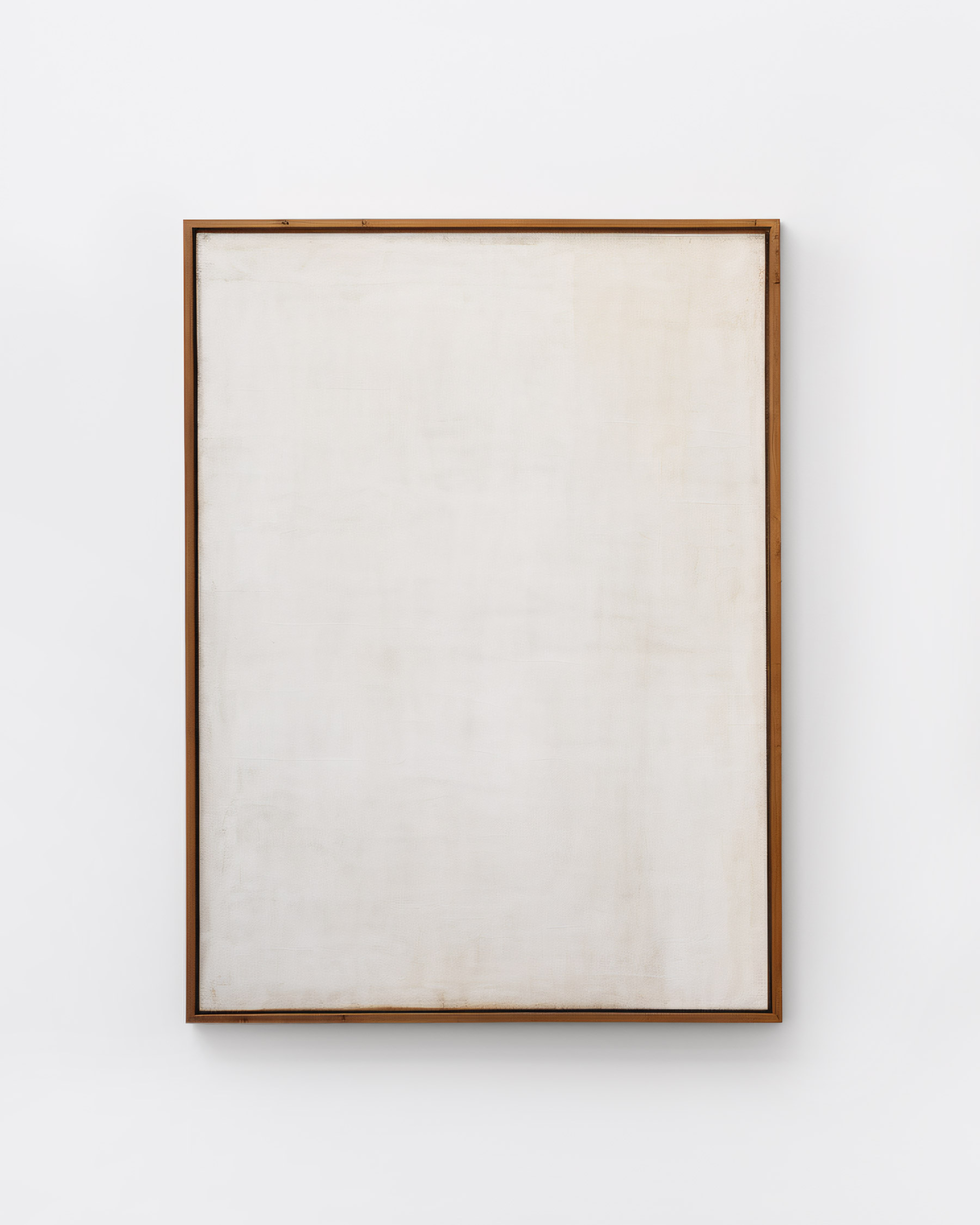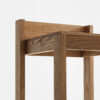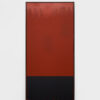What is art at a time when art can be anything? Rotten food in a freezer? Smudged graffiti on a wall? Animals pickled in formaldehyde? Art is subjective. Sure. Everyone perceives something different as beautiful or ugly. But how ugly may art actually be? Or should it even be? What is the purpose of works that deter or disturb the viewer? And what does the paradox of ugliness have to do with it? I would like to explore all of this in this week’s column.
The aesthetics of ugliness
Some people might think that aesthetics only has something to do with beauty. Not quite, because something ugly can also be aesthetic. For centuries, this contrast has fascinated and inspired artists, critics, and even viewers. While beauty has been regularly defined accordingly to different eras and cultures, explaining ugliness is a challenge. It is highly subjective what we perceive as ugly, but at the same time there is a universal sensation: The feeling of being repelled or even disgusted by a certain sight.
For example, an interesting study led by Semir Zeki at UCL found that certain areas in our brain are more activated when we perceive something as beautiful. In contrast, our motor area in the brain is activated more strongly when we perceive ugly images, which is supposed to cause us to move away from the stimuli (in this case, the artwork).1
But does such a feeling have any place in art at all? Shouldn’t it be there to inspire? To express something? Provide serenity? Draw attention to something? Give comfort? Just to be beautiful to look at? To answer this question I should mention the paradox of ugliness. The paradox of ugliness refers to the phenomenon that objects and works of art that are visually perceived as unattractive or even repulsive can be aesthetically attractive. Likewise, things that are perceived as beautiful by virtue of certain features can be perceived as kitschy or aesthetically intrusive-as …” if they were too beautiful to be (truly) beautiful.” 2,3 But let’s be honest – can something be too beautiful to be truly beautiful? Why should something beautiful be perceived as aesthetically intrusive? To me, that’s complete nonsense.


The thing with Contemporary Art
Playing with ugliness is not a new phenomenon. It was already deliberately played with in antiquity, the Middle Ages, and modern times. The Surrealists, for example, wanted to shock viewers at the beginning of the 20th century in order to open their senses.
And today? Certainly, there are artists who consciously play with it. But, in a time with artists like Damian Hirst, Jeff Koons, or Banksy (sorry guys!), playing with ugliness may not even be intentional. After all, is their art supposed to be ugly? Or beautiful after all? Is it just about the “message” here? Just because it doesn’t meet my aesthetic ideal doesn’t mean others feel the same way. I have the feeling, and this is just my personal opinion, that Contemporary Art of the last few years is moving in a strange direction.
We have arrived at a time when everything, but really everything, is defined as art. Through the internet and social media, everyone has the opportunity to be discovered. So every artist is looking for attention, and the more vying for attention, the louder each individual has to get to be noticed. They make use of visually shocking or disgusting elements or provocative political or sexual messages. Art becomes louder, weirder, more political, and – subjectively perceived – uglier.
So how ugly may art be?
Art can have different meanings and everyone can understand it in their own way. The exploration of ugliness can be a necessary contribution to the diversity of artistic expression and initiate discussions about human experiences and ideas. It can be a form of protest or revolt, thus rebelling against traditional views and conventions and drawing attention to grievances. Nevertheless, artists should be aware that the line between sensation and meaningful content can easily be crossed. Indeed, there is then a danger that their artistic intention will be pushed into the background.
Playing with ugliness may be disturbing, but it is an important part of art history and the development of new forms of artistic expression. Whether I personally want to see this kind of art, however, is another matter.
So how ugly may art be? What do you say?
Further Reading / Resources
1 From the Book, THE AGE OF INSIGHT by Eric R. Kandel. Copyright © 2012 by Eric R. Kandel. Reprinted by arrangement with Random House, an imprint of The Random House Publishing Group, a division of Random House, Inc. All rights reserved. via https://www.scientificamerican.com/article/age-of-insight-excerpt/
2 https://de.wikipedia.org/wiki/Paradox_der_Hässlichkeit?oldformat=true
3 Gábor Paál: Was ist schön? Ästhetik und Erkenntnis, Würzburg 2003, S. 102 via Wikipedia
https://exepose.com/2019/09/27/ugly-art/
About Exploring Aesthetics:
Sarah loves asking questions and exploring the things she engages with on a daily basis. Exploring aesthetics is her column which discusses art, design, and aesthetics to explore, inspire, and question the status quo.


